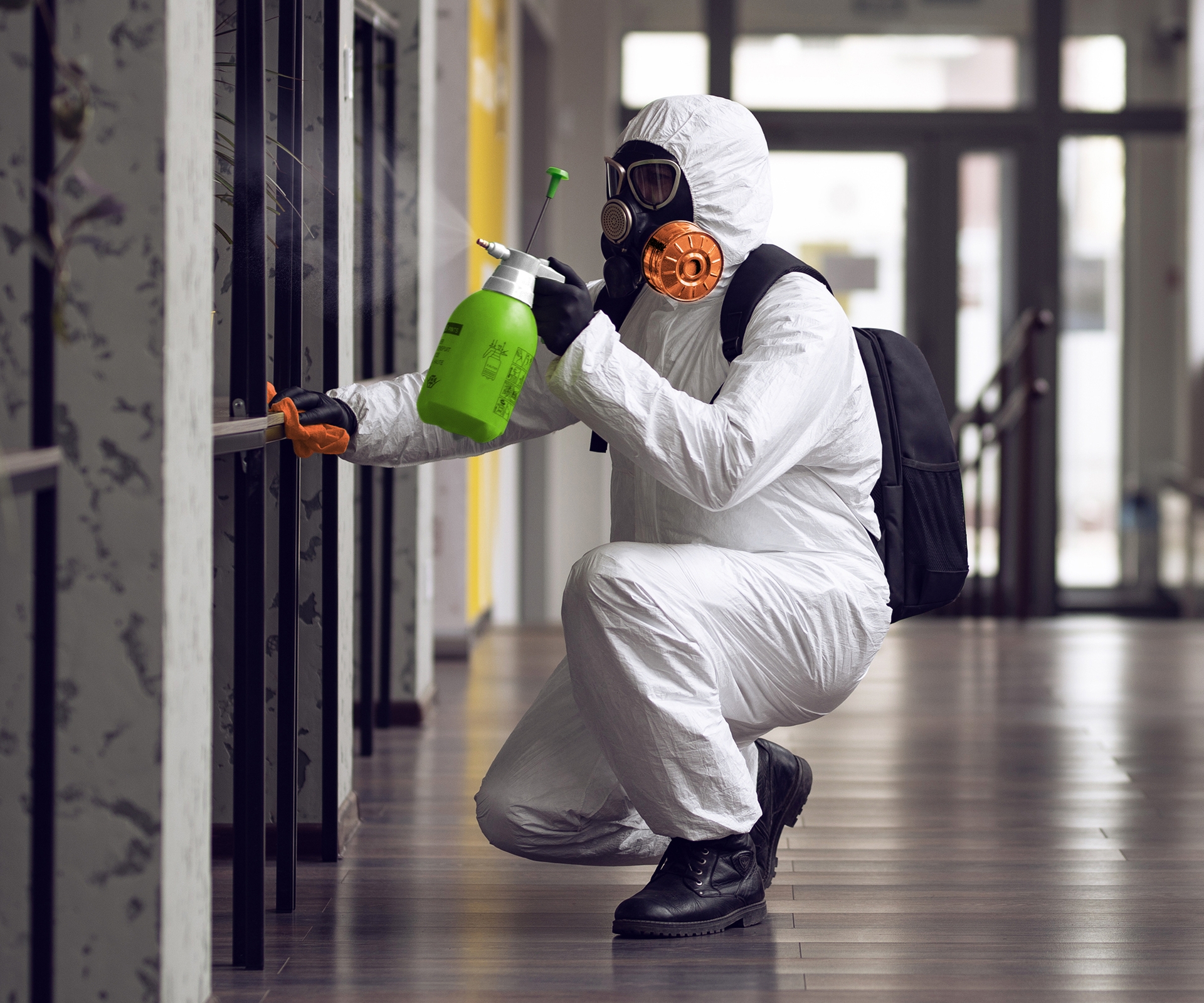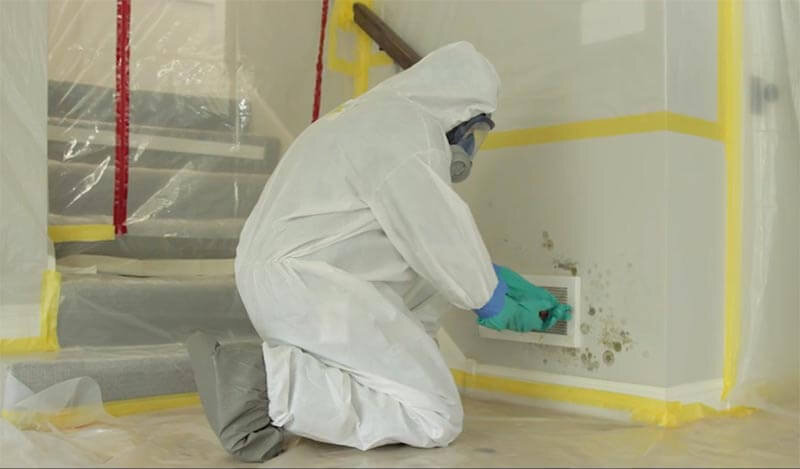Your Ultimate Guide to Post Mold Remediation Strategies
Browsing the realm of post-mold remediation strategies is a precise procedure that requires interest to detail and an extensive understanding of the intricacies involved. In the after-effects of mold problem, knowing just how to successfully get rid of the mold and prevent its reoccurrence is critical for keeping a healthy indoor atmosphere. From picking the best cleaning and disinfecting techniques to applying techniques for lasting mold prevention, each step in the removal trip plays a vital function in making sure a successful end result. As we start this expedition of post-mold remediation strategies, we will uncover the vital approaches and finest practices that can assist you recover your room to its pre-mold problem and secure it versus future mold threats.
Comprehending Post-Mold Removal Process
After finishing the mold and mildew removal procedure, it is essential to understand the post-mold removal techniques that are necessary to ensure a reliable and thorough cleanup. When the mold has been gotten rid of, the following step involves cleansing and disinfecting the affected locations to avoid any type of regrowth of mold and mildew. This consists of using specialized cleaning up agents to wipe down surface areas and eliminate any remaining mold spores. It is important to dry out the area entirely to discourage the growth of mold in the future (Post Remediation Inspection near me). Proper air flow and dehumidification can help in this process.
In addition, carrying out a last inspection post-remediation is crucial to ensure that all mold has been successfully eliminated. If the examination reveals any kind of lingering mold and mildew, added remediation might be necessary.
Reliable Cleaning Up and Decontaminating Techniques

Stopping Future Mold Development

Relevance of Proper Air Flow
Proper air flow plays an essential function in avoiding dampness accumulation, a crucial aspect in mold development within interior environments. Clicking Here Efficient air flow systems aid eliminate excess moisture from the air, reducing the opportunities of mold and mildew spores discovering the dampness they need to spread out and sprout. Without appropriate air flow, interior areas can end up being a breeding place for mold, bring about potential health and wellness dangers and structural damage.
By making certain correct air blood circulation, ventilation systems can likewise help in drying out moist areas much more promptly after water damage or flooding occurrences, additionally discouraging mold and mildew development. After mold remediation. Precede like shower rooms, attics, cellars, and kitchens where dampness levels often tend to be higher, mounting and maintaining efficient ventilation systems is critical in preventing mold problems

Tracking and Maintenance Tips
Given the essential function that proper air flow plays in protecting against mold and mildew growth, it is vital to establish reliable tracking and maintenance pointers to guarantee the continued performance of ventilation systems. Regular examinations of ventilation systems need to be carried out to check for any type of indications of blockages, leakages, or breakdowns that might impede proper air movement. Monitoring humidity levels within the residential or commercial property is also crucial, as high humidity can add to mold development. Setting up a hygrometer can aid track humidity degrees and sharp house owners to any spikes that might require interest. In addition, making sure that air filters are regularly cleaned up or changed is vital for keeping the efficiency of the ventilation system. Applying a timetable for routine maintenance jobs, such as air duct cleansing and a/c system evaluations, can assist protect against issues before they rise. By staying alert and proactive to the condition of ventilation systems, homeowner can properly alleviate the risk of mold regrowth and preserve a healthy indoor atmosphere.
Conclusion
To conclude, post-mold remediation strategies are crucial for ensuring a tidy and secure environment. Recognizing the procedure, implementing reliable cleansing and disinfecting approaches, protecting against future mold growth, maintaining correct ventilation, and normal tracking are all important steps in the removal procedure. By following these standards, you can successfully remove mold and mildew and avoid its return, promoting a healthy living or working room for all passengers.
In the aftermath of mold and mildew infestation, recognizing exactly how to effectively remove the mold and avoid its reoccurrence is paramount for preserving a healthy and balanced interior go to this website setting. As soon useful reference as the mold and mildew has been removed, the following action involves cleansing and decontaminating the influenced areas to prevent any regrowth of mold and mildew - After mold remediation. After eliminating noticeable mold and mildew growth, it is essential to cleanse all surfaces in the afflicted area to get rid of any staying mold and mildew spores. To better enhance mold prevention procedures, it is essential to deal with underlying concerns that originally led to mold and mildew growth.Given the vital function that correct air flow plays in preventing mold growth, it is imperative to establish effective monitoring and maintenance tips to guarantee the continued functionality of ventilation systems
Comments on “Important Steps After Mold Remediation”